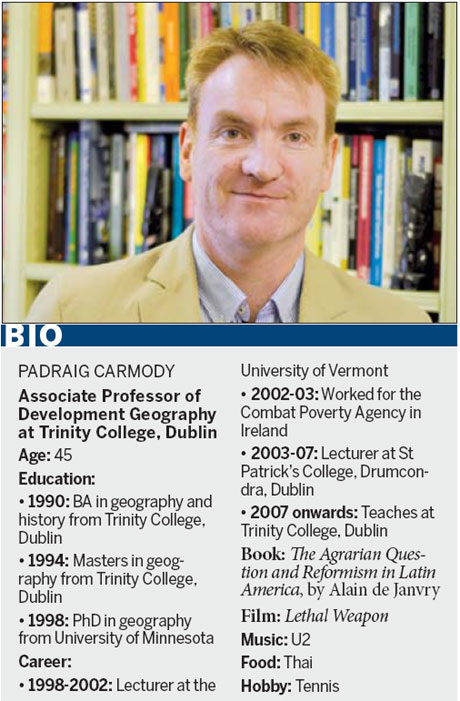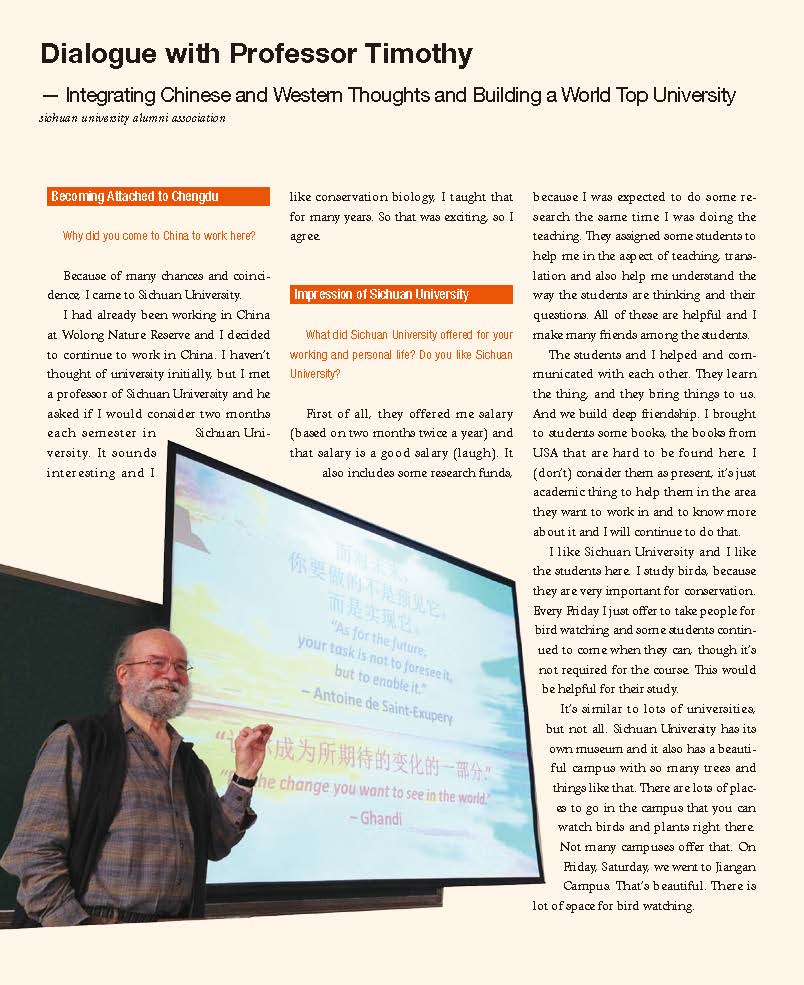Exploring the Captivating World of Peter Goodrich: A Journey Through Legal Theory and Aesthetics
Guide or Summary:Peter Goodrich is renowned for his innovative approach to legal studies, which challenges traditional notions of law as merely a set of rul……
Guide or Summary:
#### Description:
In the realm of legal theory and aesthetics, few names resonate as profoundly as Peter Goodrich. His contributions to the understanding of law as a cultural and artistic phenomenon have opened new avenues for scholars and practitioners alike. This article delves into the multifaceted work of Peter Goodrich, exploring his unique perspectives on law, language, and the interplay between legal structures and human experience.

Peter Goodrich is renowned for his innovative approach to legal studies, which challenges traditional notions of law as merely a set of rules. Instead, he posits that law is deeply intertwined with culture, narrative, and aesthetics. His works invite readers to reconsider how legal texts are not only instruments of governance but also rich sources of meaning and interpretation. Through his analysis, Peter Goodrich encourages a more holistic view of legal scholarship, one that embraces the complexities of human experience and the narratives that shape our understanding of justice.
One of the pivotal themes in Peter Goodrich's work is the idea that law is a narrative. He argues that legal decisions are not just outcomes of logical reasoning but are also stories that reflect societal values, conflicts, and aspirations. This narrative approach allows for a deeper engagement with legal texts, prompting questions about the underlying assumptions and cultural contexts that inform legal reasoning. By framing law as a narrative, Peter Goodrich opens up discussions about the role of interpretation and the subjective nature of legal understanding.
Furthermore, Peter Goodrich emphasizes the aesthetic dimensions of law. He explores how legal language, structure, and form can evoke emotional responses and shape public perception. This aesthetic perspective challenges the notion of law as a purely rational enterprise, highlighting the importance of rhetoric and symbolism in legal discourse. In doing so, Peter Goodrich invites legal scholars to appreciate the artistry inherent in legal texts and the ways in which these texts can resonate with individuals on a personal level.

In addition to his theoretical contributions, Peter Goodrich has been instrumental in fostering interdisciplinary dialogue between law and other fields, such as literature, philosophy, and art. His work encourages collaboration among scholars from diverse backgrounds, promoting a richer understanding of the complexities of law and its impact on society. By bridging these disciplines, Peter Goodrich demonstrates the value of a multifaceted approach to legal studies, one that acknowledges the interconnectedness of various forms of knowledge.
Moreover, Peter Goodrich has been a vocal advocate for the importance of critical legal studies, challenging established norms and encouraging a re-evaluation of the foundations of legal thought. His critiques of conventional legal methodologies push scholars to think critically about the implications of their work and the power dynamics inherent in legal systems. Through his scholarship, Peter Goodrich inspires a new generation of legal thinkers to question the status quo and seek innovative solutions to pressing legal challenges.

In conclusion, the work of Peter Goodrich stands as a testament to the rich interplay between law, culture, and aesthetics. His insights into the narrative and aesthetic dimensions of law invite us to reconsider our understanding of legal texts and their significance in society. By embracing a multidisciplinary approach, Peter Goodrich not only broadens the scope of legal scholarship but also encourages a more nuanced engagement with the complexities of law and justice. As we continue to explore the captivating world of Peter Goodrich, we are reminded of the profound impact that law has on our lives and the importance of viewing it through a lens that appreciates its narrative and aesthetic qualities.